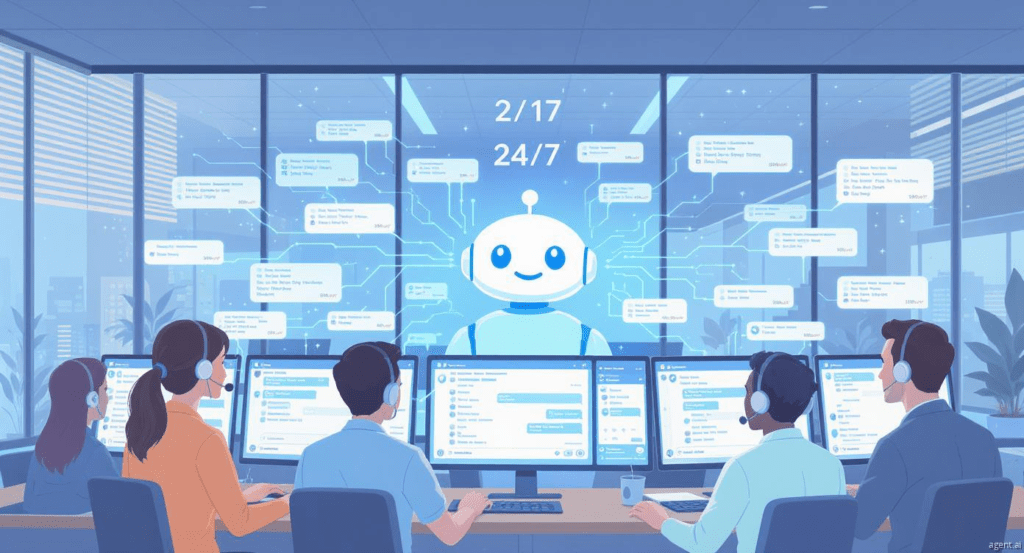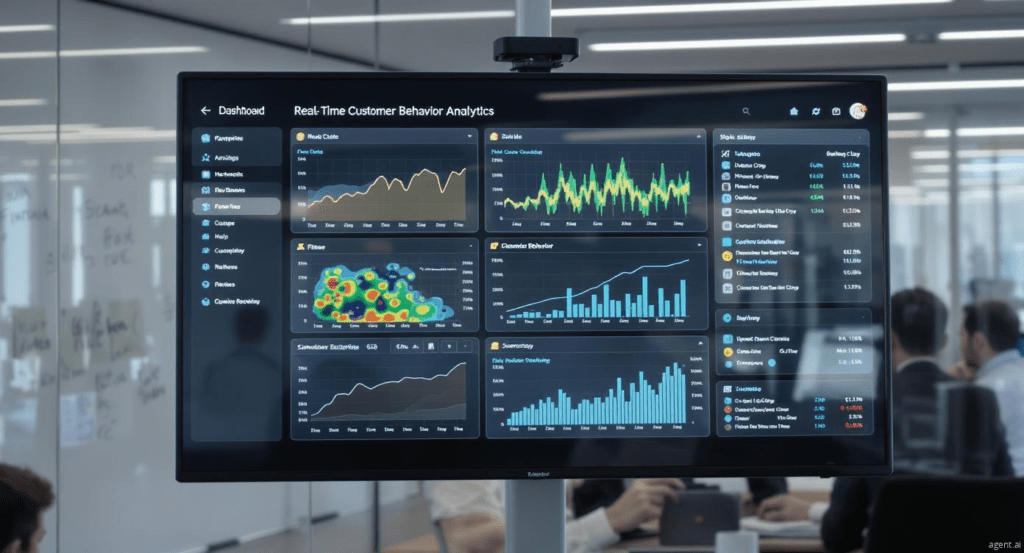How to Use AI Agents for Your Digital Marketing
In the fast-paced world of digital marketing, staying ahead means being smart and fast. Enter AI agents—artificial intelligence-powered wooden equipment that can change how your brand communicates, strategically, and converts. For efficient businesses, using AI agents is no longer optional; This is necessary.
At Better Choice, we integrate advanced AI solutions in our marketing strategies to help unlock our full capacity.
What are AI agents in digital marketing?
AI agents are intelligent systems that use machine learning, data analytics, and automation, with no human input, to reduce specific marketing functions. These agents can analyze behavior, predict the results, and even let customers personalize travel in real time.
Common examples include:
- Chatbots for customer service
- AI Copywriting Tool
- Smart email campaign optimizer
- Predictive Analytics
- Dashboard social media management bots
1. Increase customer support with AI chatbots
Consumers expect immediate reactions, and AI-operated chatbots distribute exactly the same. Posted on websites or messaging apps, these agents handle customers, collect leads, and even help in purchasing 24/7.
Pro Tip: Use an AI chatbot to make the lead pre-worthy by asking strategic questions before directing your sales team.

2. Automate material construction
You can draft AI copywriting tools such as ChatGPT or Jasper blog posts, ad copy, product descriptions, and even social media captions based on prompt and tone. While human editing is still important for emotional depth, these tools significantly reduce the production time.
Better option bonus: We use A-Assisted Content Tools to speed up A/B for ADS and Headlines—receive the rim copy rapidly.
3. Predict on customer behavior with AI analytics
AI agents analyze large datasets to find patterns in customer behavior—what they click and when they buy—and keep them loyal. It helps in the future insight tailor campaign that transfers better.
Example: Google Analytics 4 and HubSpot use platform AI, which is for forecasting, which is the most likely to change, which can enable smart remarketing strategies.

4. Email campaign promoted
AI agents adapt email campaigns by adjusting the time of sending, dividing the audience, and even adjusting the subject lines for high open rates. Result? You can engage more personally without relying on manual estimations.
Try it: To suggest products based on previous behavior, integrate smart recommendations of Mailchimp, such as AI email tools.
5. Personalize website experiences
The AI-in-manual-recommended engine can show individual materials, services, or products to each visitor based on its browsing habits. This increases the time of the session and improves conversion rates.
For better options, we deploy dynamic web personalization tools for customers in e-commerce and service sectors, which leads to 30% more engagement.

6. Streamline payment advertisement.
AI devices can monitor and accommodate advertising campaigns in real time, creatively adapting bids and automatically reordering the budget.
Our favorite equipment:
- Google’s performance maximum campaign
- Meta Advantage+ Audiences
- AI targeting of LinkedIn Campaign Manager
These devices allow us to distribute data-driven advertising strategies that are both cost-effective and concentrated.
7. Create smart social media campaigns
AI agents now manage the posting schedule, monitor emotions, and even suggest trending hashtags. This continuously ensures brand voice and rapid response time.
Tip from Better Option: To automate and optimize your calendar on platforms such as SocialBee or, recently, Instagram, Facebook, and LinkedIn.

Smarter Marketing Starts Here: Final Thoughts
AI agents do not replace human creativity—they increase it. AI helps to automatically focus on strategy, storytelling, and customer connections by automatically analyzing large datasets and personalizing user experiences.
Whether you are a small business or a growing brand, integrating AI agents into your digital marketing is not just about saving time—it’s about being smart with your resources.


